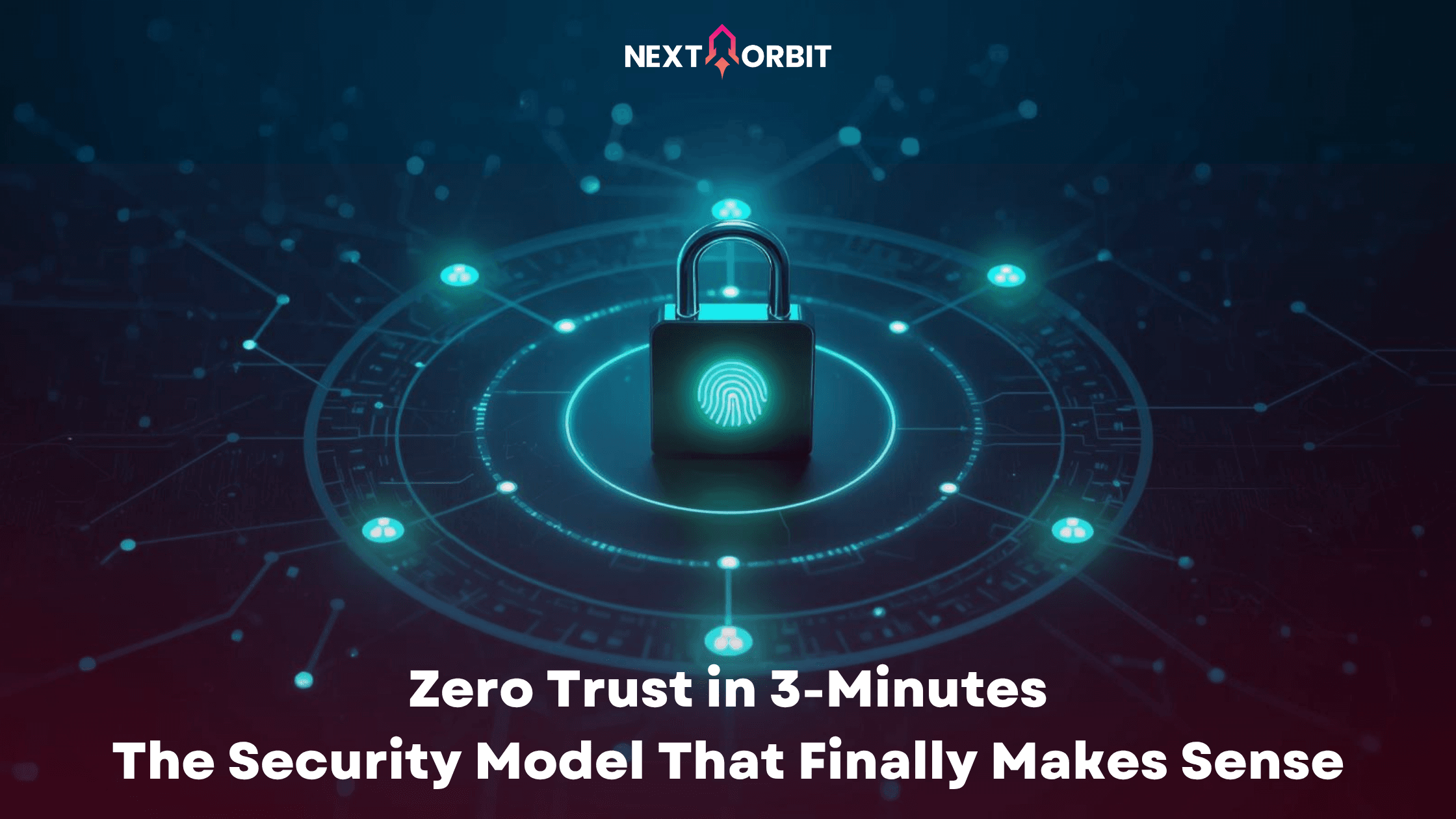The Castle That Doesn’t Exist
Picture a medieval castle. Massive walls, guards at the gate. Once you’re inside? You can wander anywhere. Access the treasury. Pet the king’s dogs. Because if you made it past the gate, you’re trusted.
This is how many companies still have security configured.
And if yours is one of them? It’s worth taking a closer look.
Because here’s what changed: The castle doesn’t exist anymore.
Your perimeter evaporated the moment you adopted cloud apps, remote work, and mobile devices. Yet many organizations still act like there are walls to defend.
Attackers noticed. They stopped trying to break down walls. They just walked in wearing stolen credentials.
The One Principle and Just One
Zero Trust is brutally simple:
“Never trust, always verify.”
Every person. Every device. Every request. Every single time.
No automatic trust for the CEO. No free pass because you’re “inside the network.” No exceptions because it worked yesterday.
Think airport security, not castle gates. You don’t get waved through because you flew last week. Every checkpoint, every time, you verify. No exceptions.
Three Things to Remember (Actually Remember)
1. Identity Is Your New Perimeter
Location doesn’t matter anymore. What matters: WHO are you, and can you prove it right now? This is why multi-factor authentication isn’t optional – it’s foundational.
2. Least Privilege Always
Nobody gets blanket access “just in case.” You get exactly what you need, for exactly as long as you need it. Like a hotel key that only opens your room, only during your stay. And that’s it.
3. Assume You’re Already Breached
Don’t ask “how do we keep them out?” Ask “when they get in, and they will, how do we contain it?” Segment your networks. Monitor everything. Make stolen credentials useless.
This Isn’t Paranoia
Zero Trust isn’t about slowing everything down with security theater.
It’s about intelligent friction in the right places, like a car needs friction to steer and stop. Strategic verification protects without crushing momentum.
Done right? Users barely notice. The system verifies constantly in the background, grants access instantly when appropriate, and only flags genuine threats.
Your One Action Today
Don’t try to “implement Zero Trust enterprise-wide” tomorrow.
Instead, ask: “Where are we still granting automatic trust?”
Maybe it’s:
- VPN users accessing everything once connected
- Service accounts with permanent admin rights
- Employees with access to systems they haven’t touched in months
Pick ONE. Fix ONE. Then pick another ONE.
Zero Trust isn’t a destination. It’s a direction.
The Bottom Line
The old model: “Trust, but verify.”
The new reality: “Verify, then trust temporarily, then verify again.”
In a world where castle walls have evaporated, the only sensible response is to stop pretending they’re still standing.
Now test yourself: Can you explain Zero Trust to someone using just the castle analogy and three principles? If yes – you got it.
Next Orbit helps teams make Zero Trust practical, not paralyzing.

